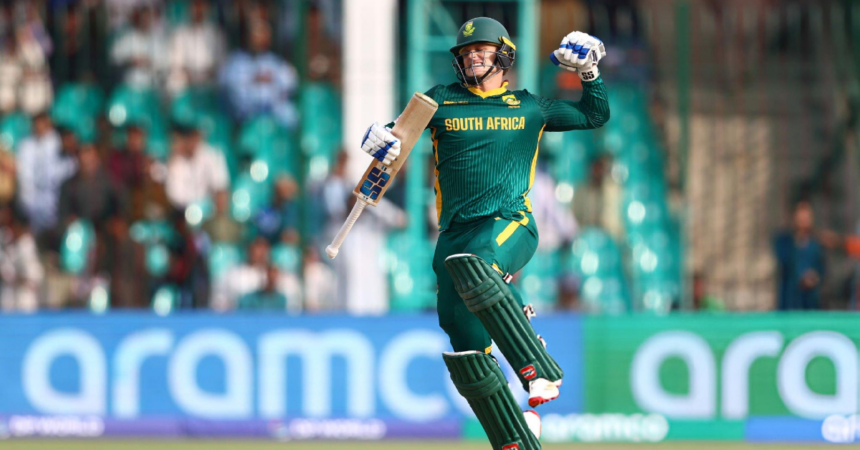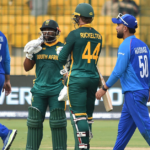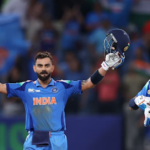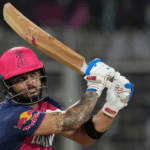New Record: A feat never before achieved in the history of the Champions Trophy | The ongoing Champions Trophy has turned into a paradise for batters, with records tumbling and bowlers left searching for answers. The tournament has already witnessed an unprecedented run glut, with five centuries scored in just the first three matches—a feat never before achieved in the history of the Champions Trophy or even in the opening three games of any men’s World Cup.
The run-fest began with New Zealand’s Will Young (107) and Tom Latham (118*) setting the tone in the tournament opener against Pakistan in Karachi. Their centuries laid the foundation for a high-scoring trend that has continued unabated. On Thursday, India’s Shubman Gill (101*) and Bangladesh’s Towhid Hridoy (100) joined the party in Dubai, showcasing their class and further emphasizing the dominance of the bat over the ball.
The trend didn’t stop there. On Friday, South Africa’s Ryan Rickelton hammered a brilliant 103 against Afghanistan, helping his team post a formidable 315/6. Afghanistan’s Rahmat Shah nearly added his name to the list of centurions but fell short, dismissed for 90 by Kagiso Rabada.
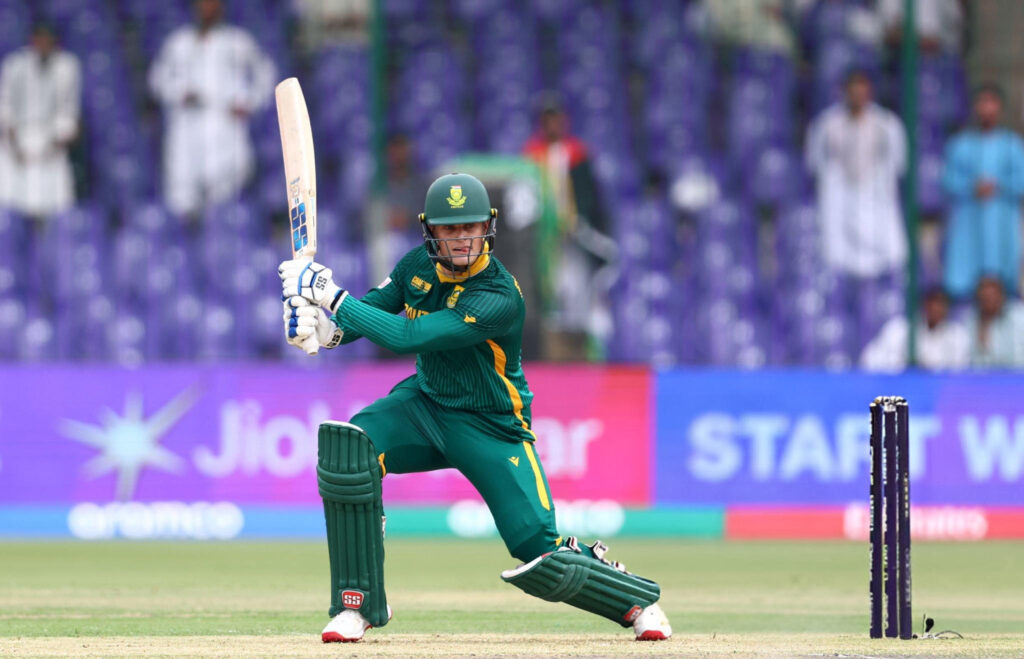
Why the Run Glut?
The conditions in Pakistan, where most of the matches are being played, have been a significant factor. Since international cricket returned to Pakistan in September 2019, the country has been a haven for batters. In ODIs played there, batters have averaged 34.91—the highest in the world during this period. Bowlers, on the other hand, have struggled, averaging 38.85, the worst among all cricketing nations.
Pakistan’s flat pitches, fast outfields, and shorter boundaries have made it a nightmare for bowlers. Teams have crossed the 300-run mark 16 times in the 27 ODIs played in the country since 2019, a staggering statistic that highlights the batter-friendly conditions. Dubai, another venue for the tournament, has also contributed to the run-fest, with Gill and Hridoy’s centuries underscoring the challenges bowlers face even outside Pakistan.
Historical Context
This isn’t the first time a major tournament has seen a flurry of centuries early on. In the past, three centuries were scored in the first three matches of the 1992, 2011, and 2015 World Cups, as well as the 2002 Champions Trophy. The 2003 World Cup and the 2017 Champions Trophy went a step further, with four centuries in the first three games.
Read also: https://icasportsplus.com/south-africa-thrash-afghanistan-in-champions-trophy-group-b-opener/
While some might attribute the current trend to the influence of T20 cricket and the aggressive batting mindset it has fostered, the data tells a different story. Only half of the six instances of early-tournament centuries occurred after the inception of the Indian Premier League (IPL) in 2008. This suggests that while T20 cricket has revolutionized batting, the conditions and pitches play an equally, if not more, significant role in determining the balance between bat and ball.
What Lies Ahead?
With the tournament still in its early stages, bowlers will need to find ways to adapt quickly. Variations in pace, clever use of slower balls, and disciplined line-and-length bowling will be crucial to stemming the flow of runs. However, given the conditions and the form of the batters, it seems likely that the run-fest will continue.
For fans, this has been a thrilling spectacle, with high-scoring matches and individual brilliance lighting up the tournament. But for bowlers, it’s a stark reminder of the challenges they face in modern cricket. As the Champions Trophy progresses, one thing is clear: batters are ruling the roost, and bowlers will need to dig deep to make their mark.
In a tournament already defined by record-breaking performances, the question remains: how many more centuries will we see before the final ball is bowled? Only time will tell, but for now, the batters are having the time of their lives.

